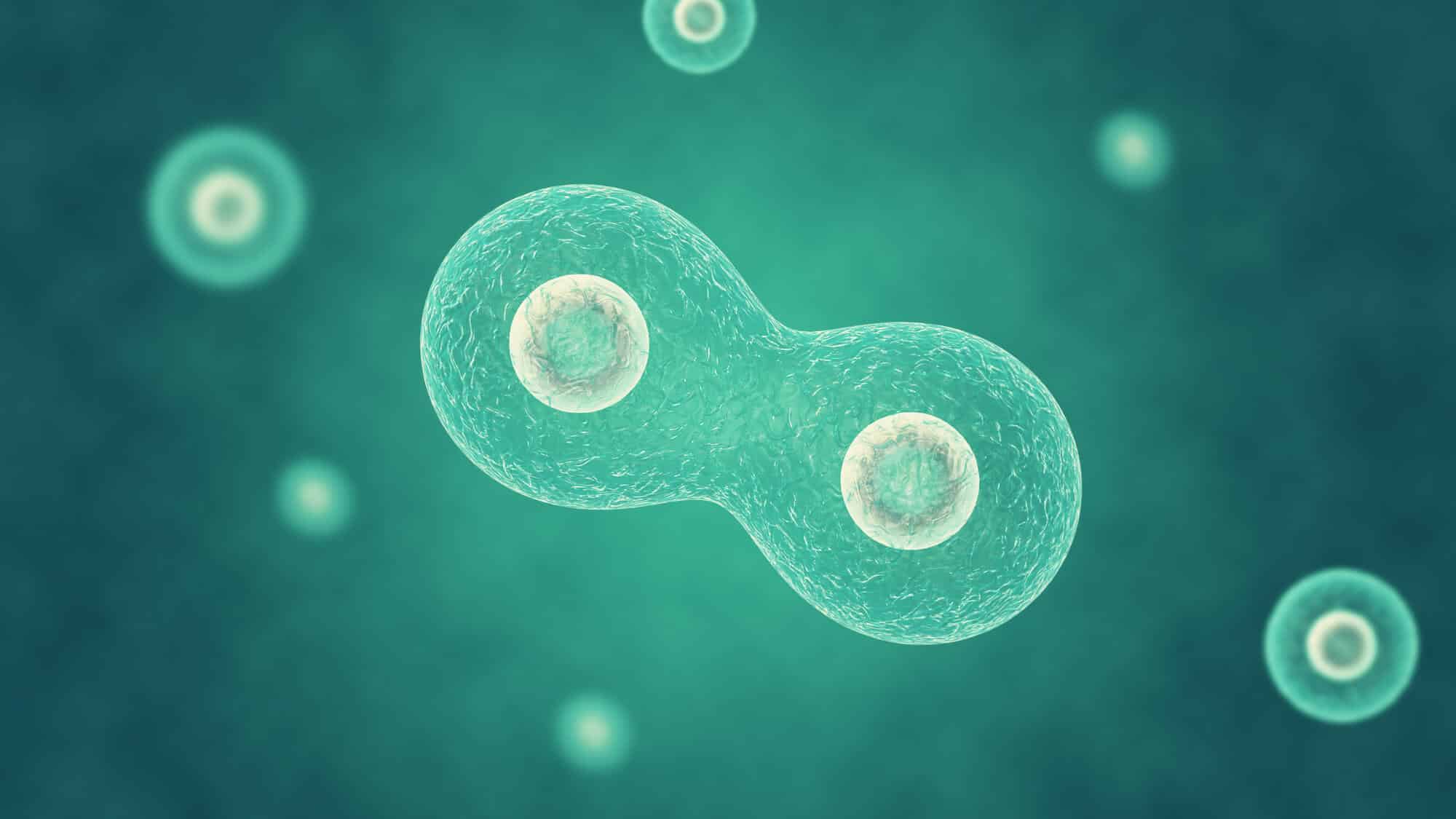A simple mechanism could explain the growth and self-replication of protocells - the putative ancestors of modern living cells
[Translation by Dr. Moshe Nachmani]

Pre-cells are vesicles covered by a membranous bilayer and in essence they are similar in function to the first single cells. Based on relatively simple mathematical principles, the proposed model states that the main driving force for development and replication lies in the temperature difference between the inside and outside of the precursor cell as a result of internal chemical activity. "Our initial motivation for conducting this study was our desire to identify the main driving forces for cell division," says the lead researcher. "This issue is important since cancer is characterized by uncontrolled cell division. This topic is also important for understanding the origin of life."
The division of a cell to obtain two daughter cells requires the synchronization of several biochemical and mechanical processes within cytoskeletal structures within the cell. However, during human history such complex structures are a kind of luxury that had to appear only much later in order to cause cell division. Therefore, proto-cells had to use a simple division mechanism in order to preserve their replication mechanism, even before the appearance of genes, RNA, enzymes and all the complex organelles that exist today, even in their initial forms within the framework of autonomous life.
In the new study, the researchers propose a model based on the idea that the early forms of life were essentially simple vesicles that stored within a defined network of chemical reactions - the previous version of modern cellular metabolism. The main hypothesis is that molecules that make up the membrane bilayer are synthesized inside the protocell through chemical reactions that emit heat. The slow increase in internal temperature forces the hotter molecules to move from the inside to the outside of the bilayers. This asymmetric movement causes the outer part to grow faster than the inner part. This different growth increases the average curvature and increases the local contraction of the precursor cell until the original structure is divided into two substructures, with the cutting occurring near the hotter region, around the center of the structure. "The scenario described is similar to the primitive mechanism of the mitosis process (From Wikipedia)", explains the main researcher. "In light of the fact that we don't have archives of four billion years of accurate information, we don't know exactly what these ancient structures contained, but they were probably vesicles wrapped by a lipid bilayer that stores chemical reactions that emit heat."
Despite being completely theoretical, the model could be investigated experimentally. For example, fluorescent molecules can be used to measure the temperature differences inside eukaryotic cells, where the mitochondria are the main source of heat. These measured changes could be correlated to the process of mitosis and the shape of the mitochondrial network. If the model is indeed proven to be accurate in the future, this finding will have several important implications, one of which is that the driving force for the origin of life is quite simple. The researcher adds: "A second lesson is that temperature differences are important in biochemical processes and that cells can function like thermal machines."
More of the topic in Hayadan:

2 תגובות
Bi layer - the so-called double layer? Why not write simply and in Hebrew?
"Despite being completely theoretical, the model could be investigated experimentally. "
Ah, it really is a "scientific explanation".